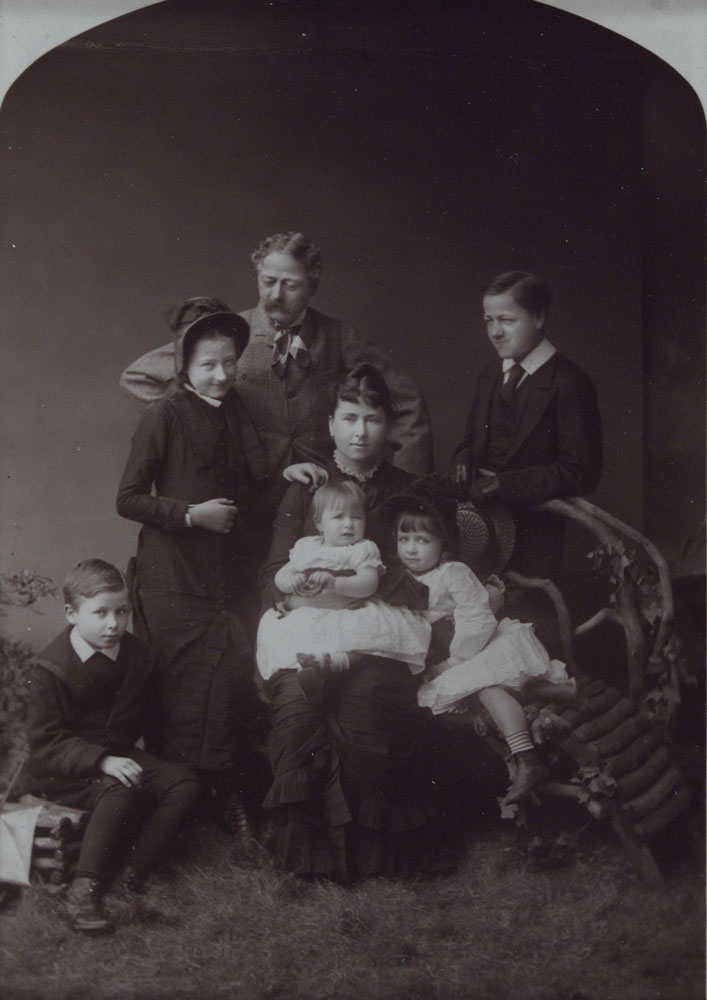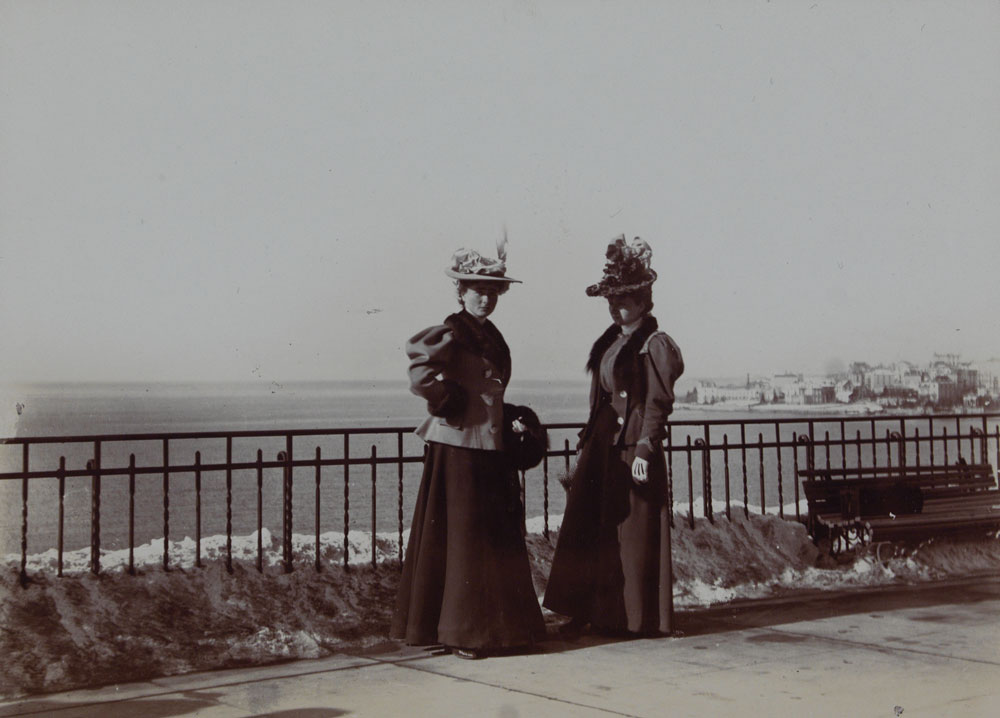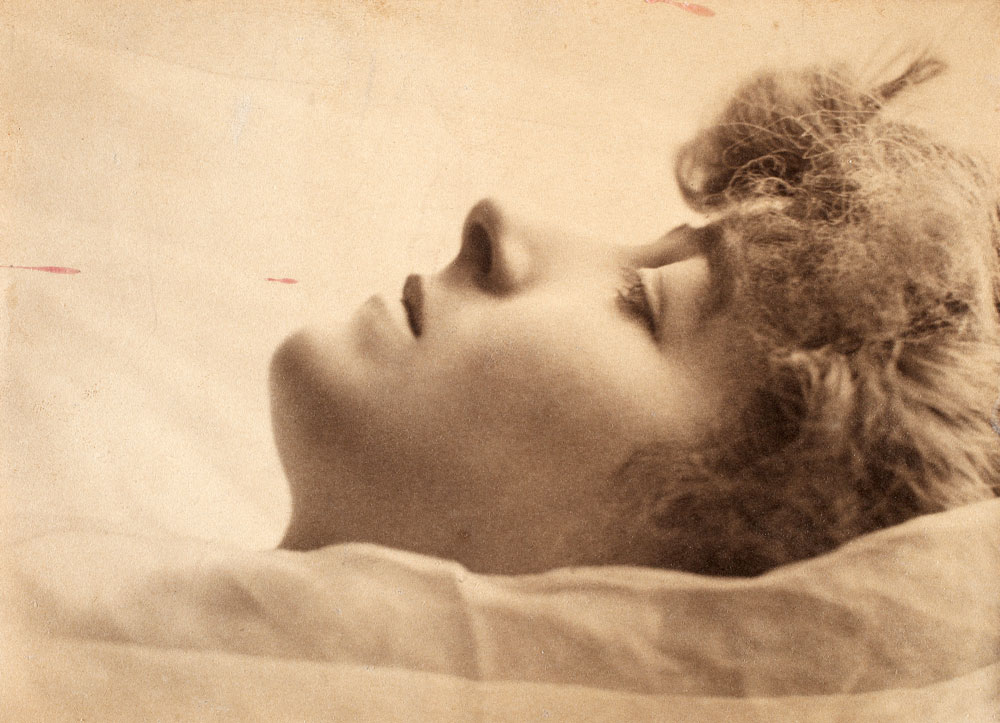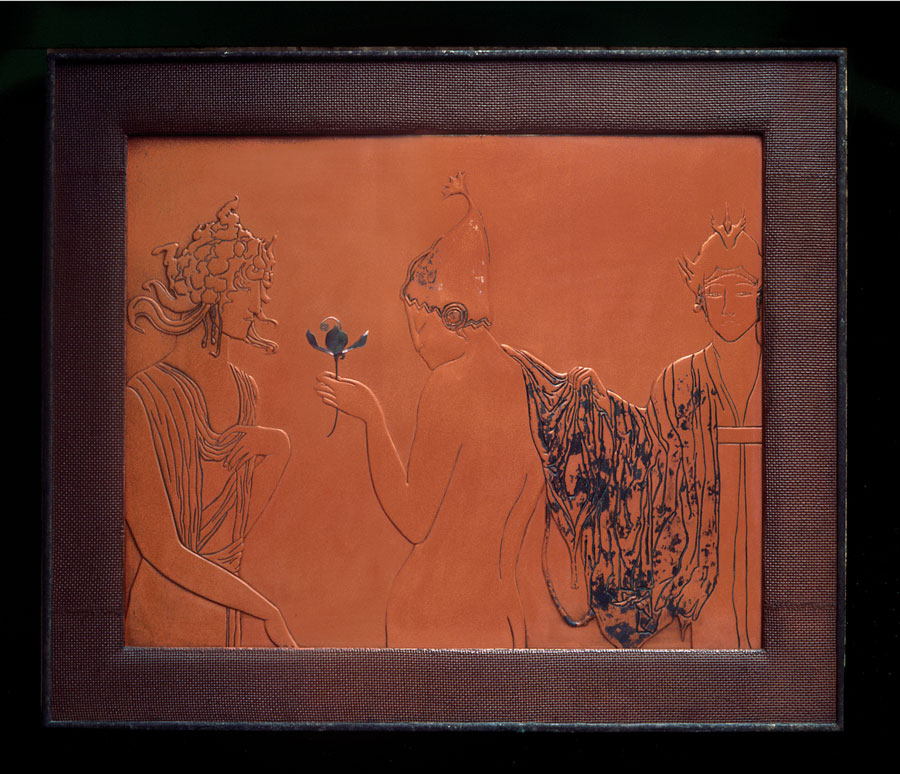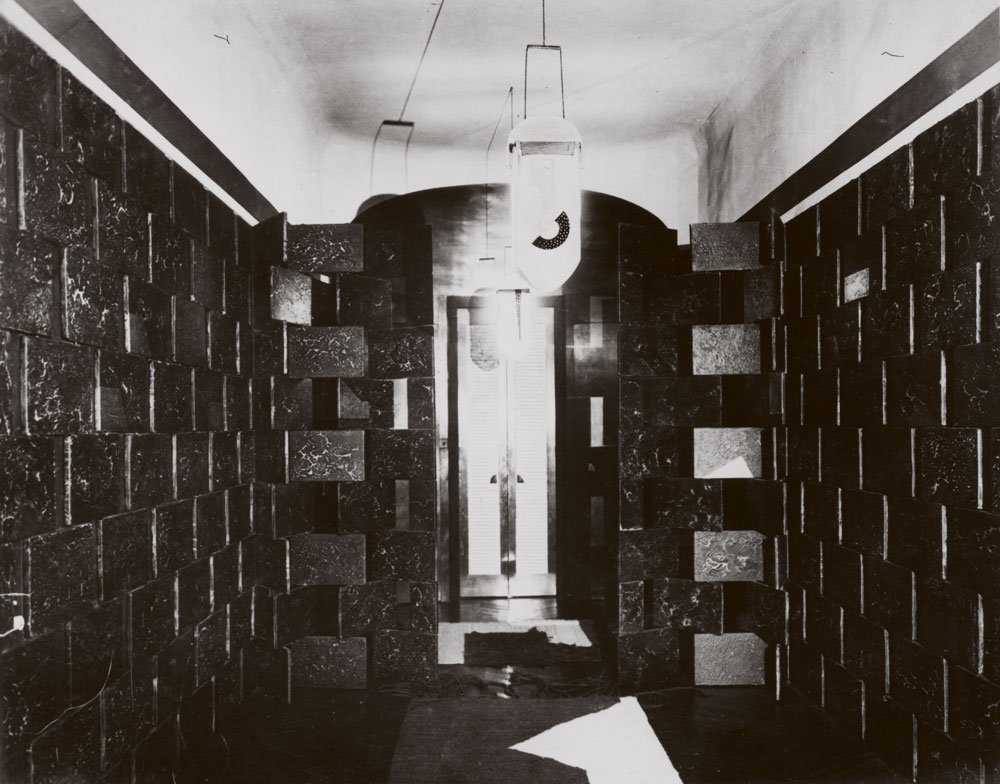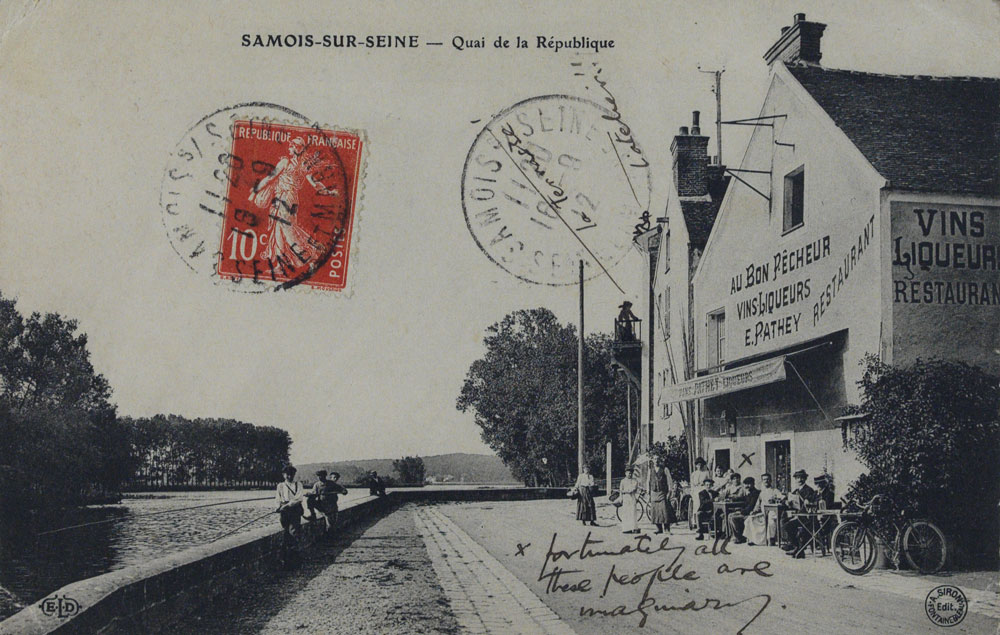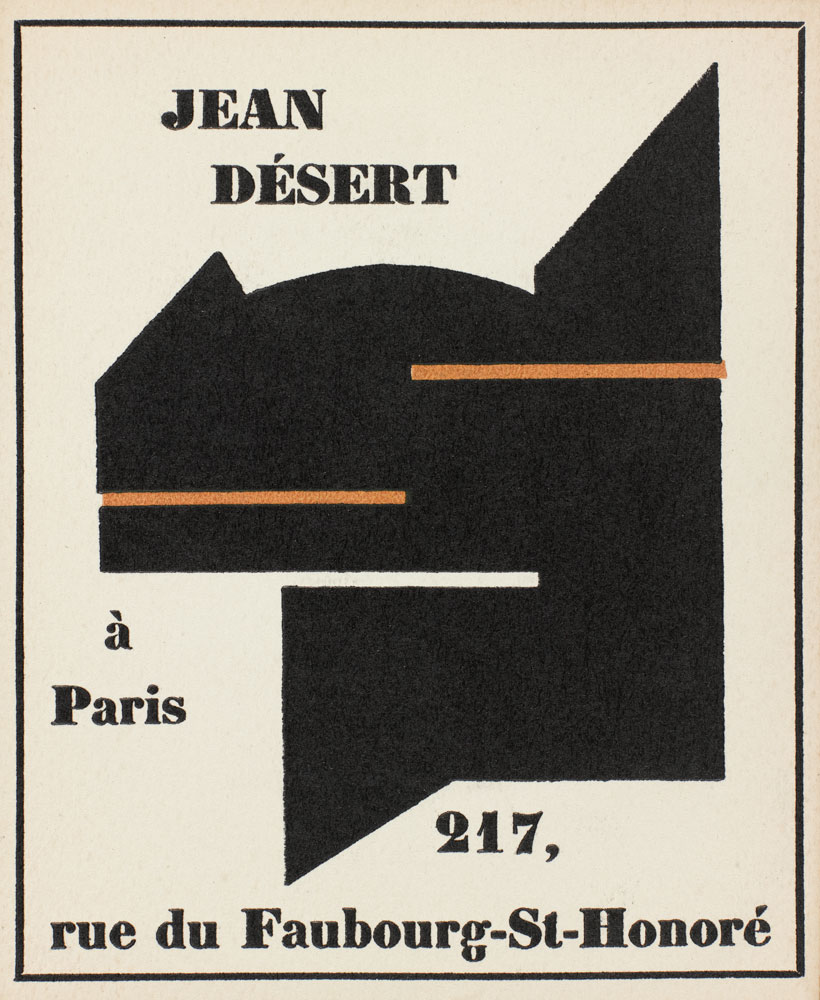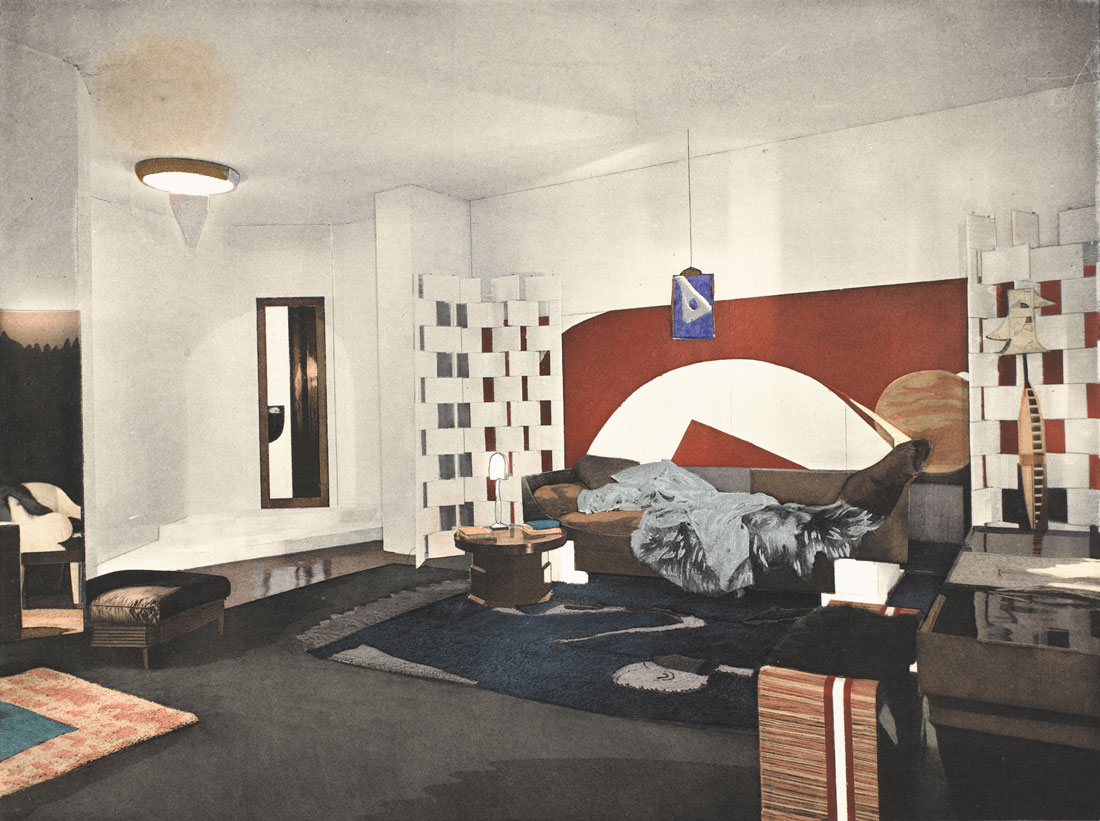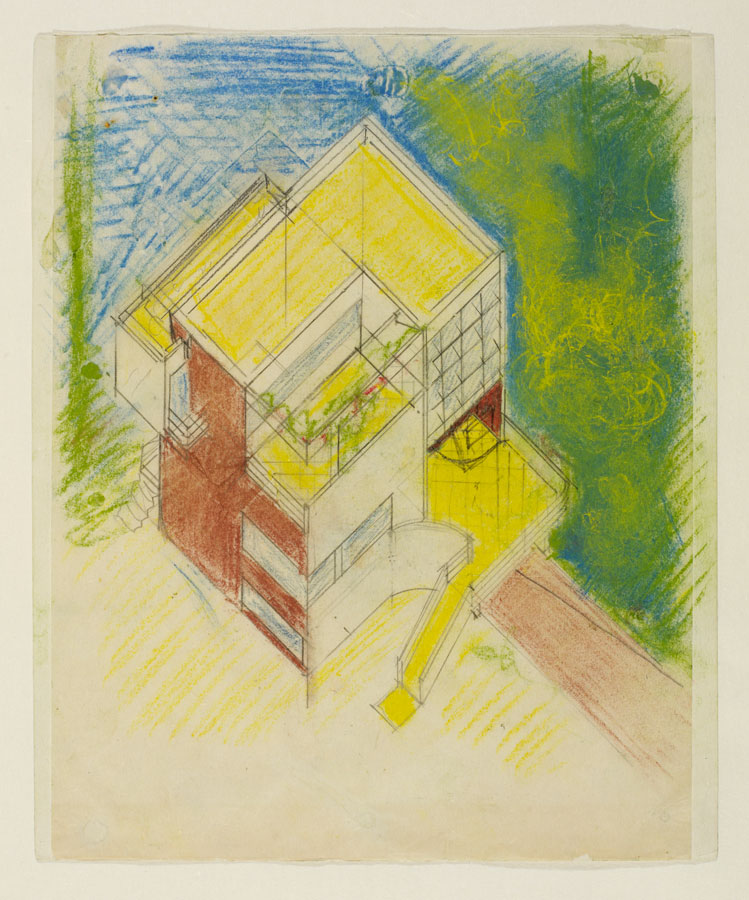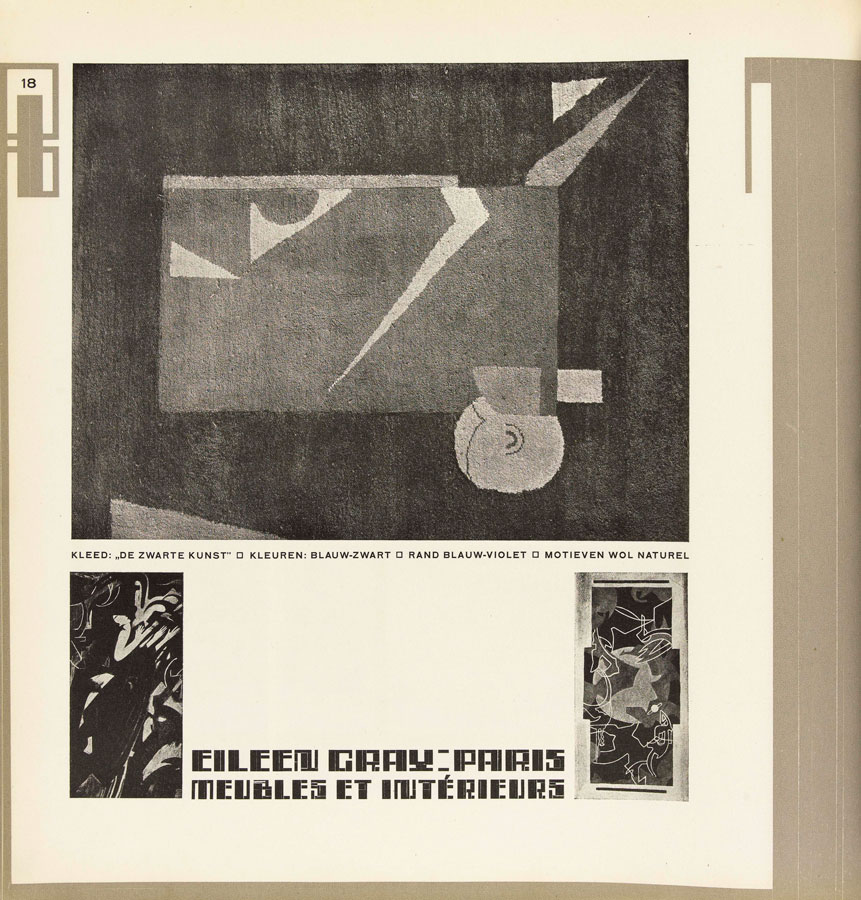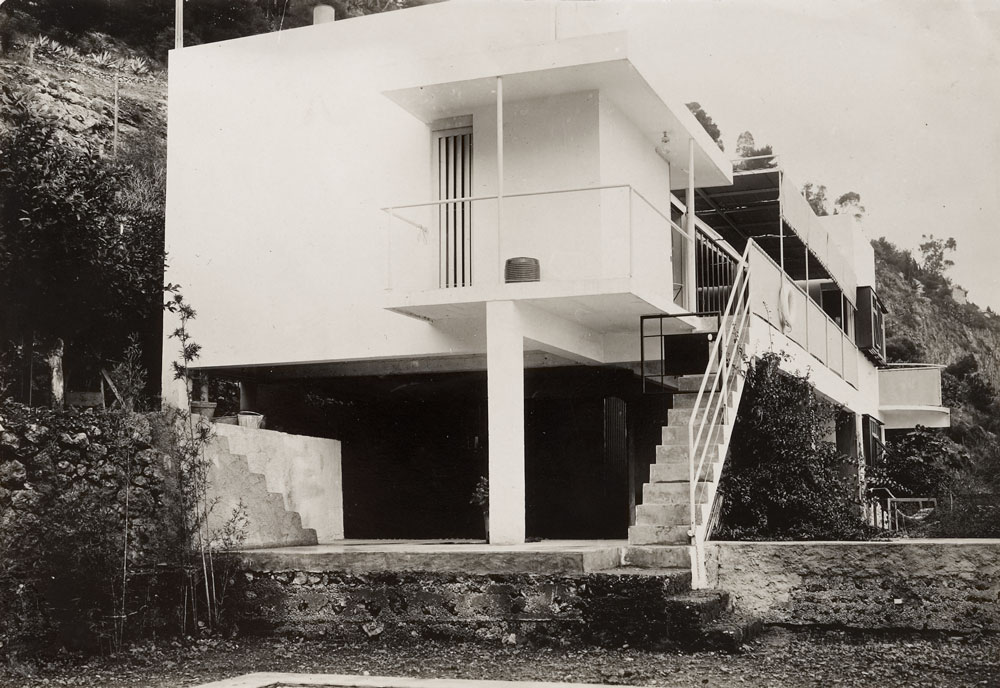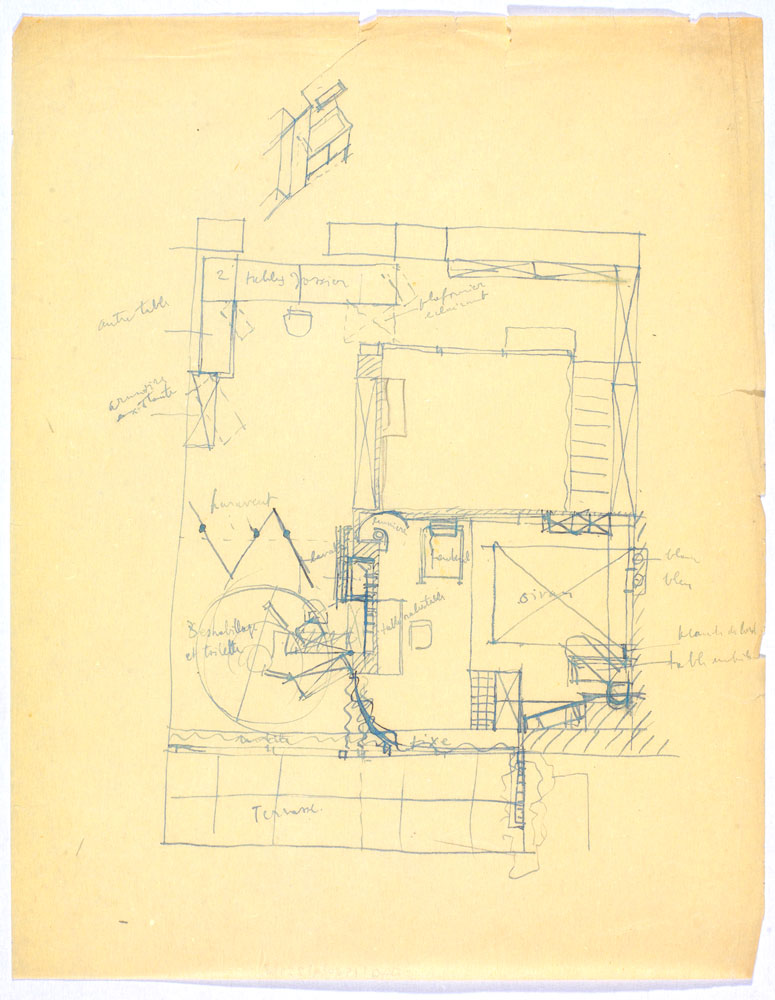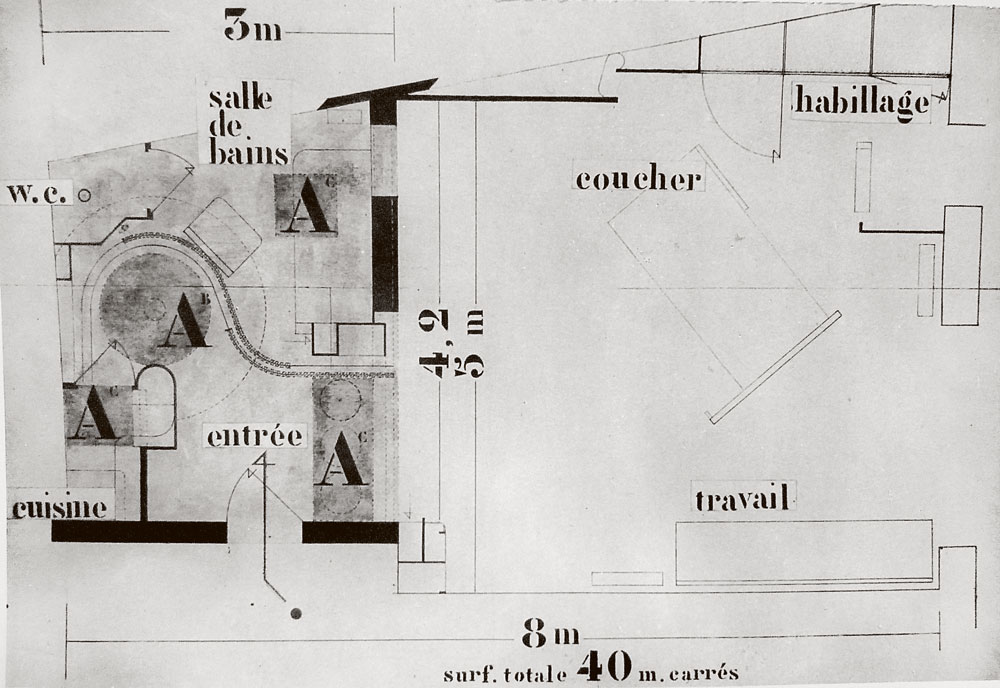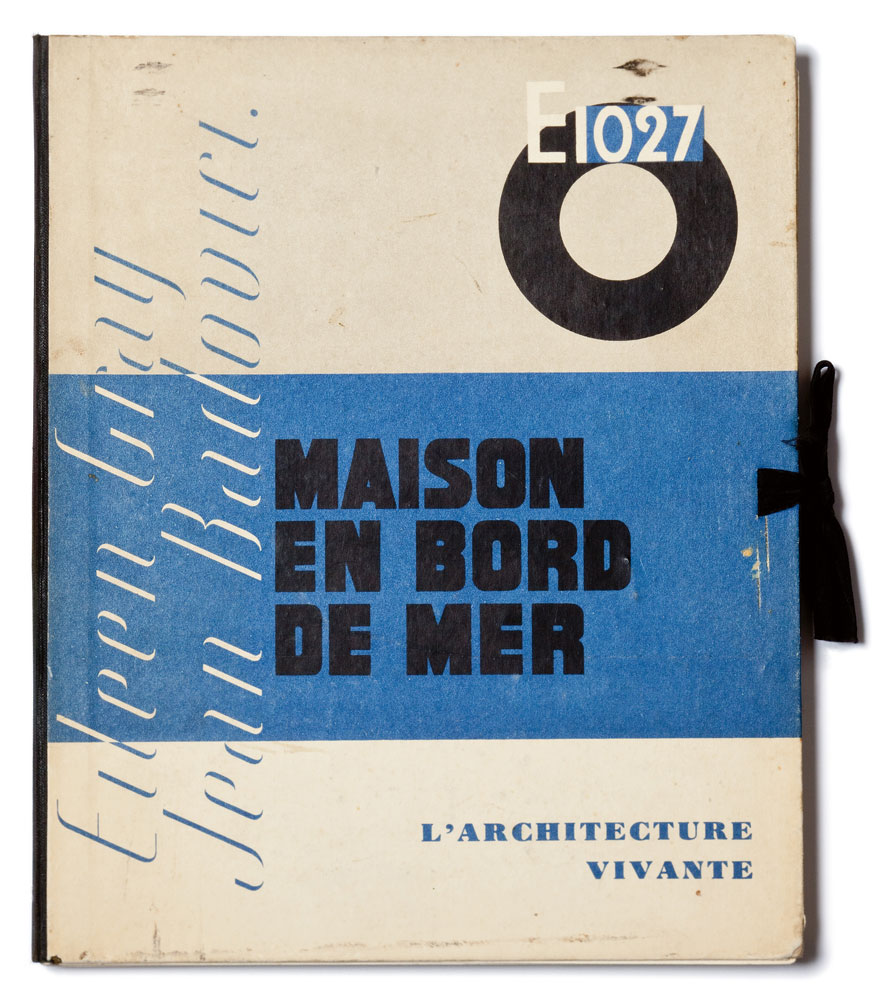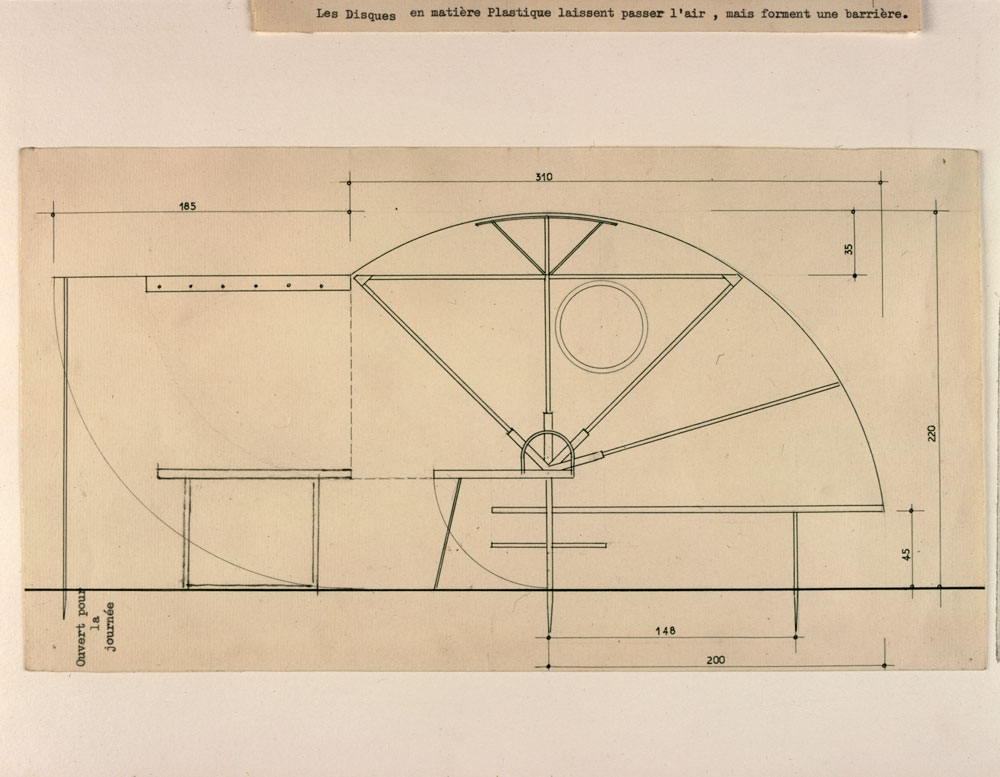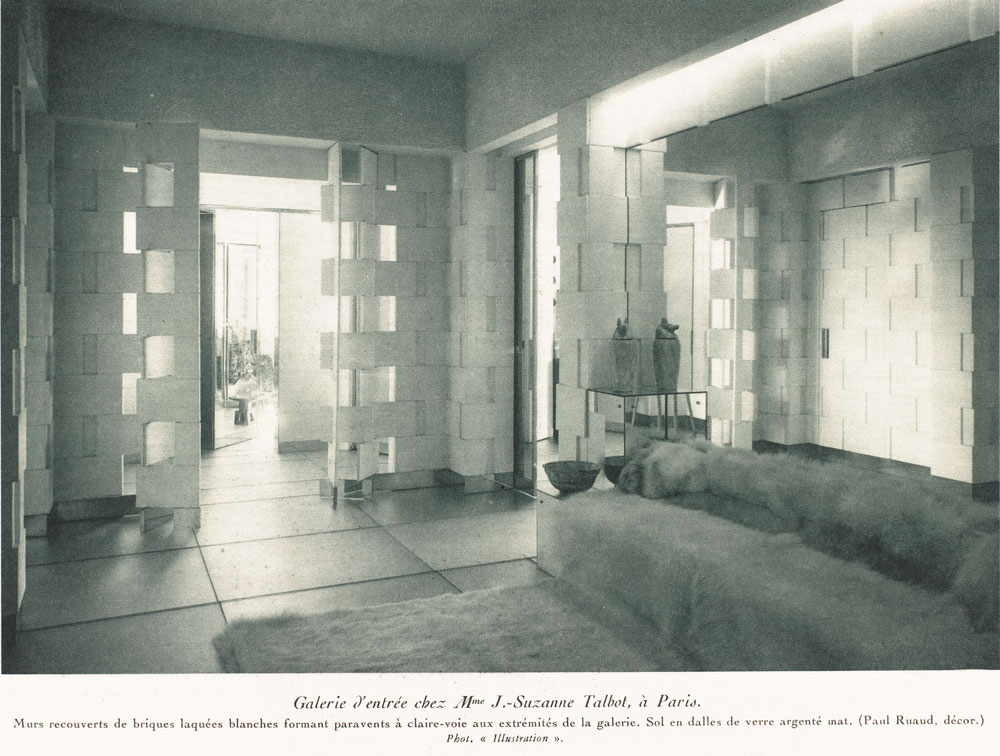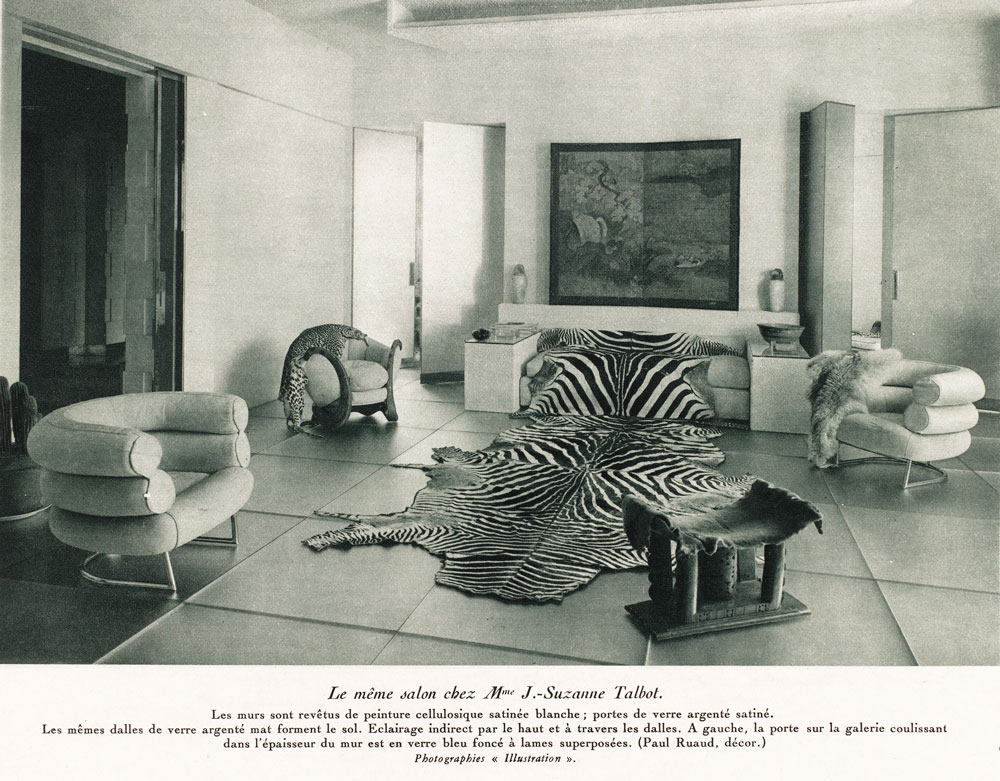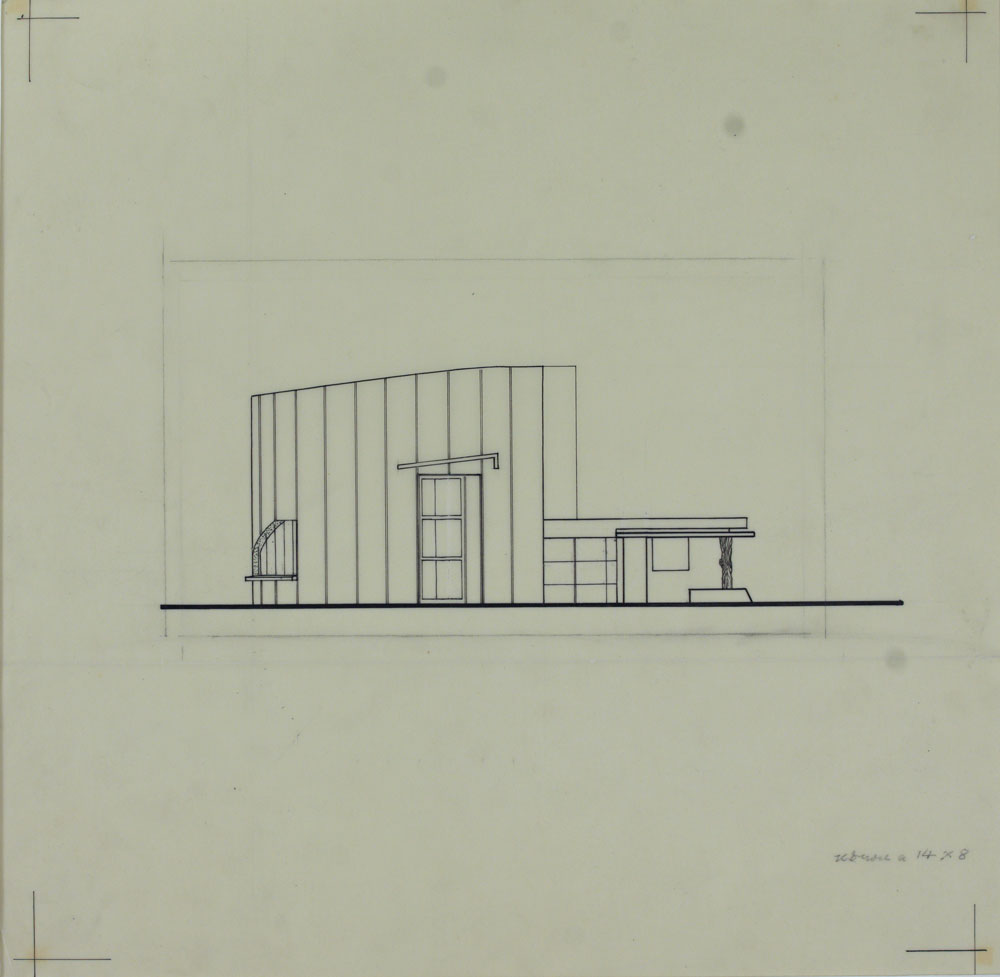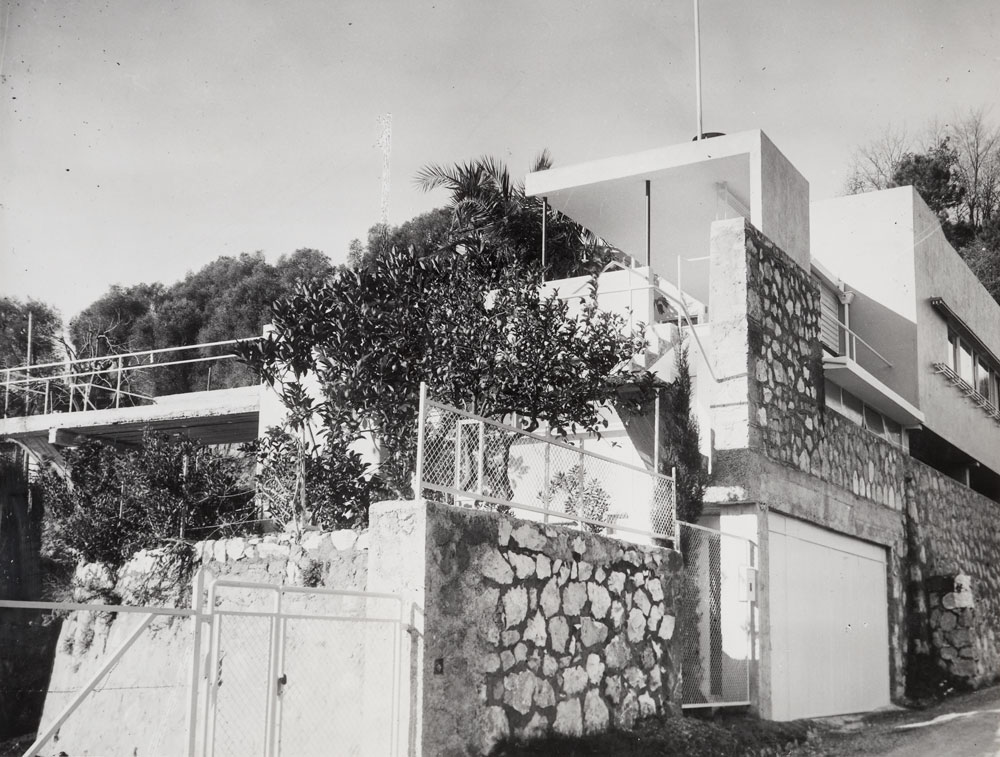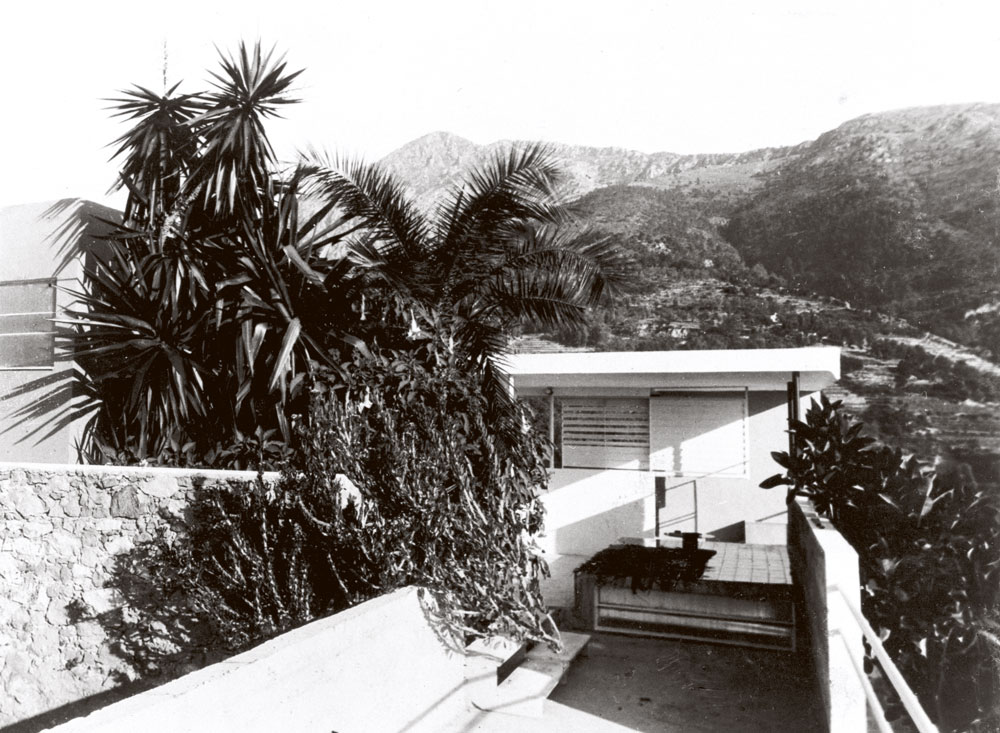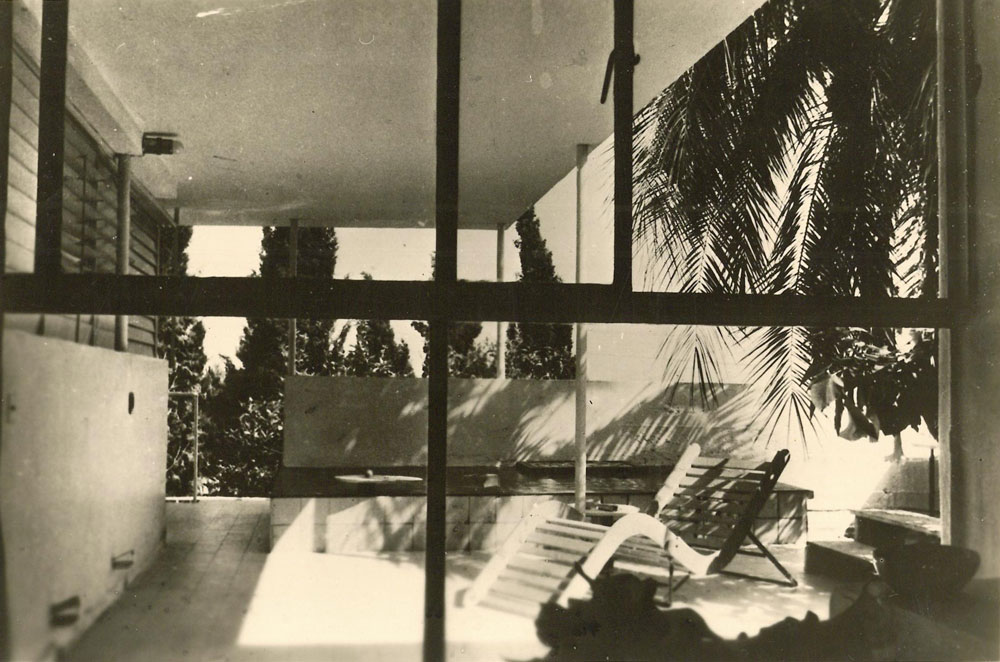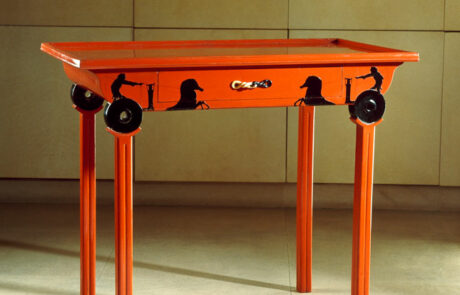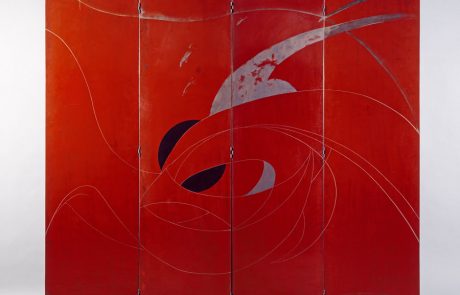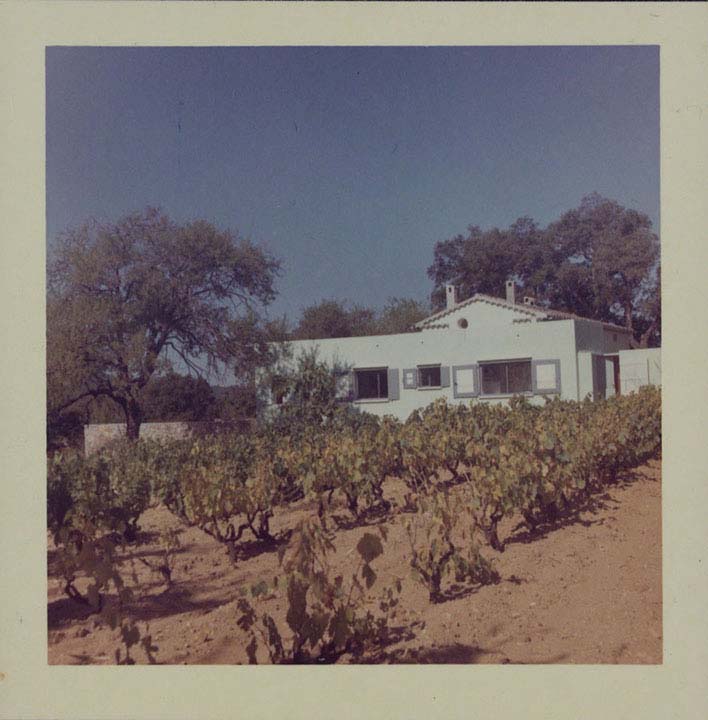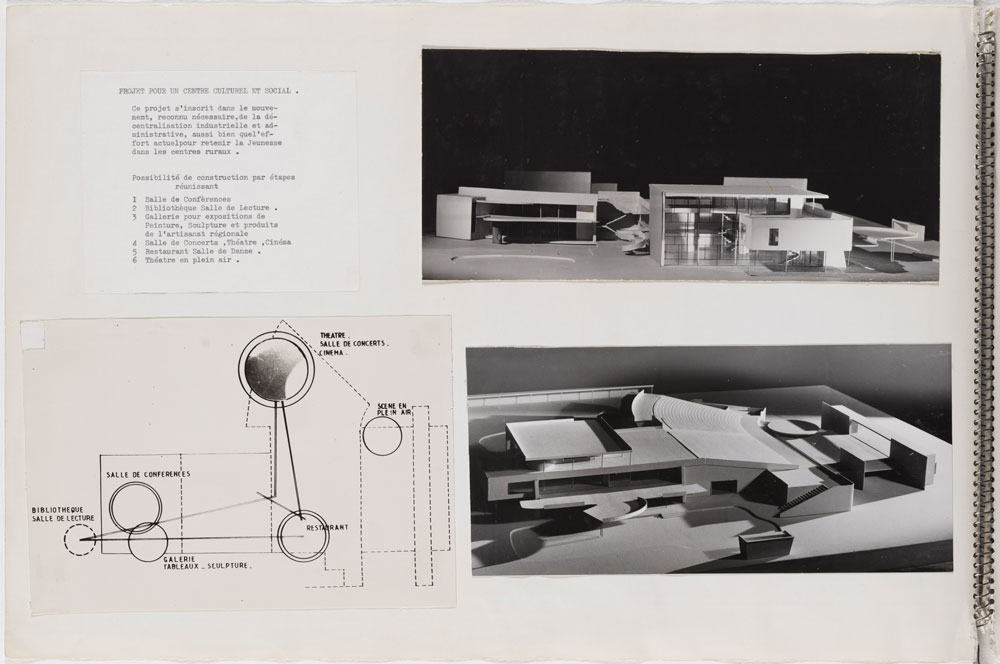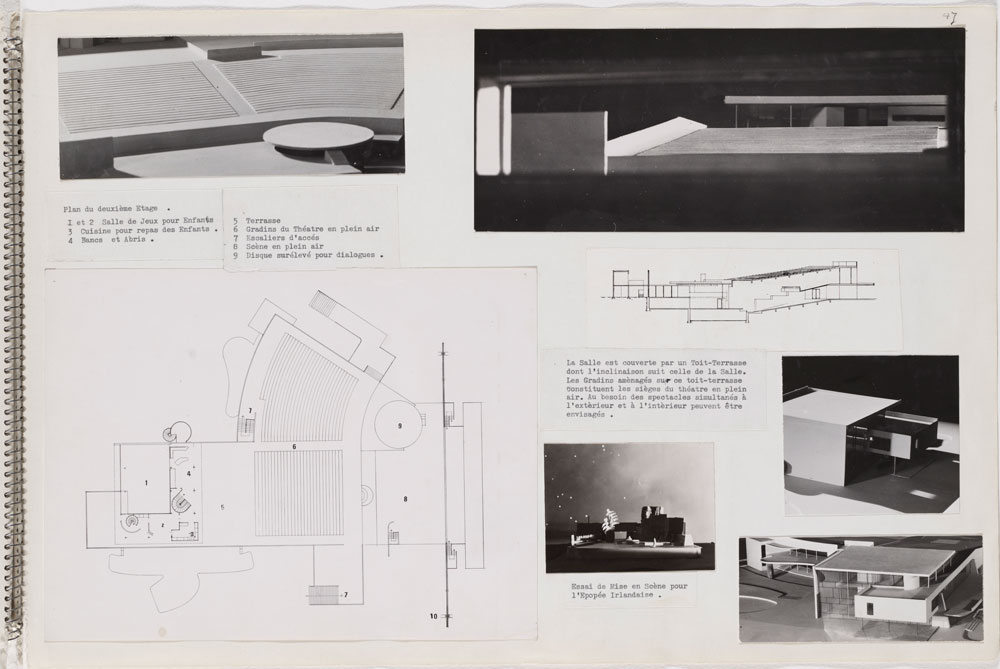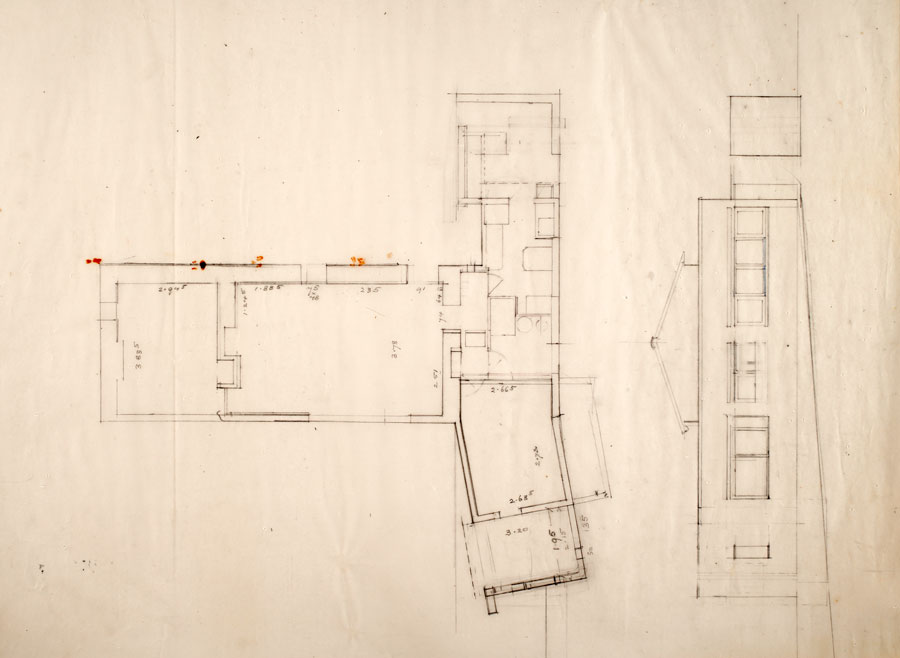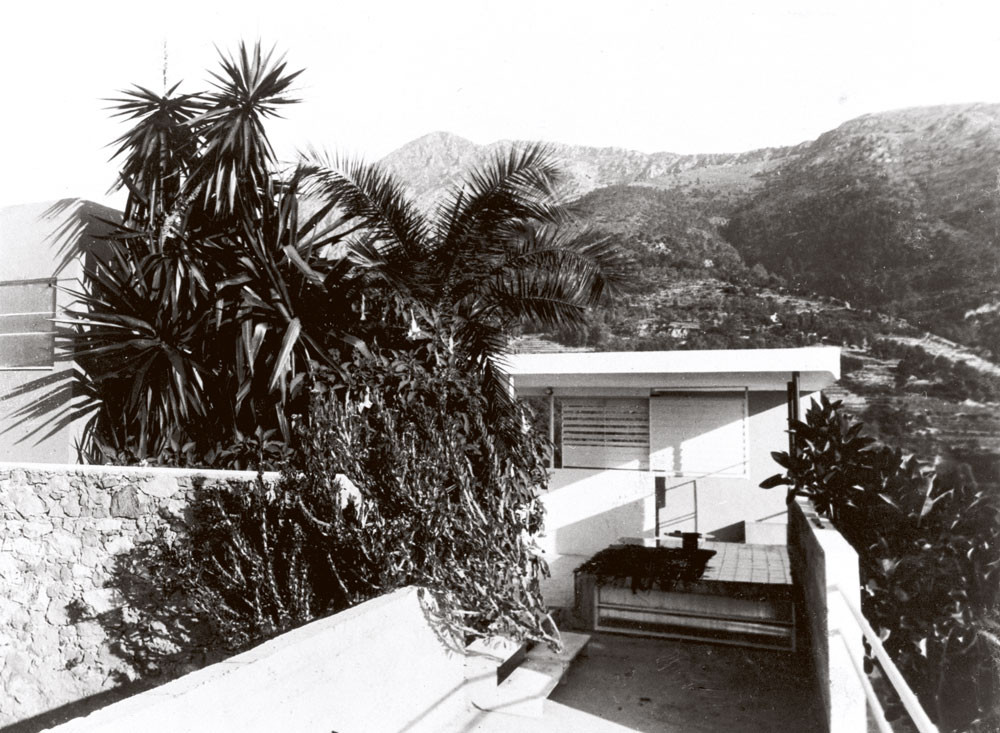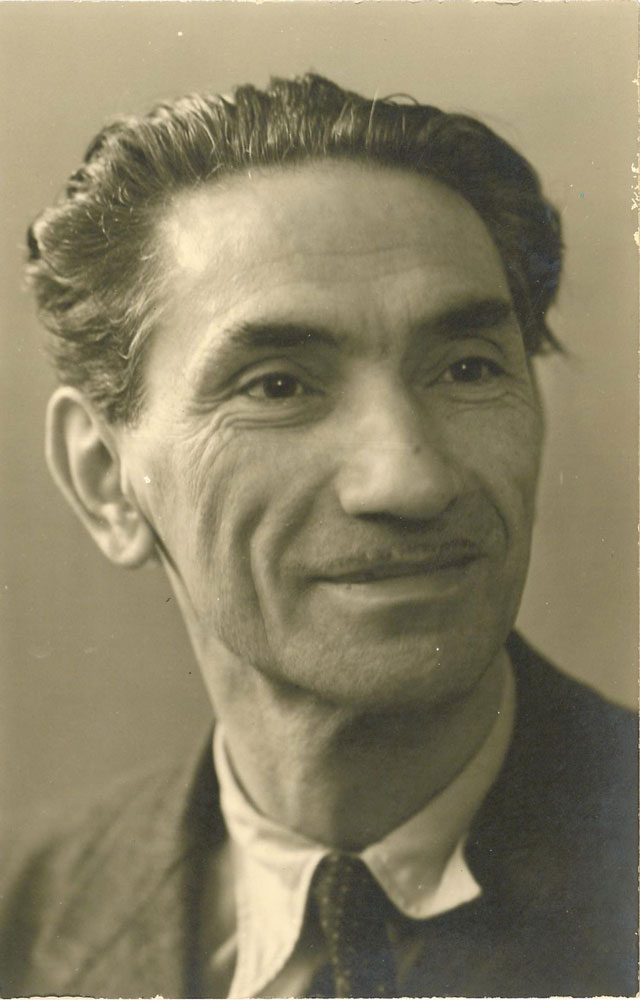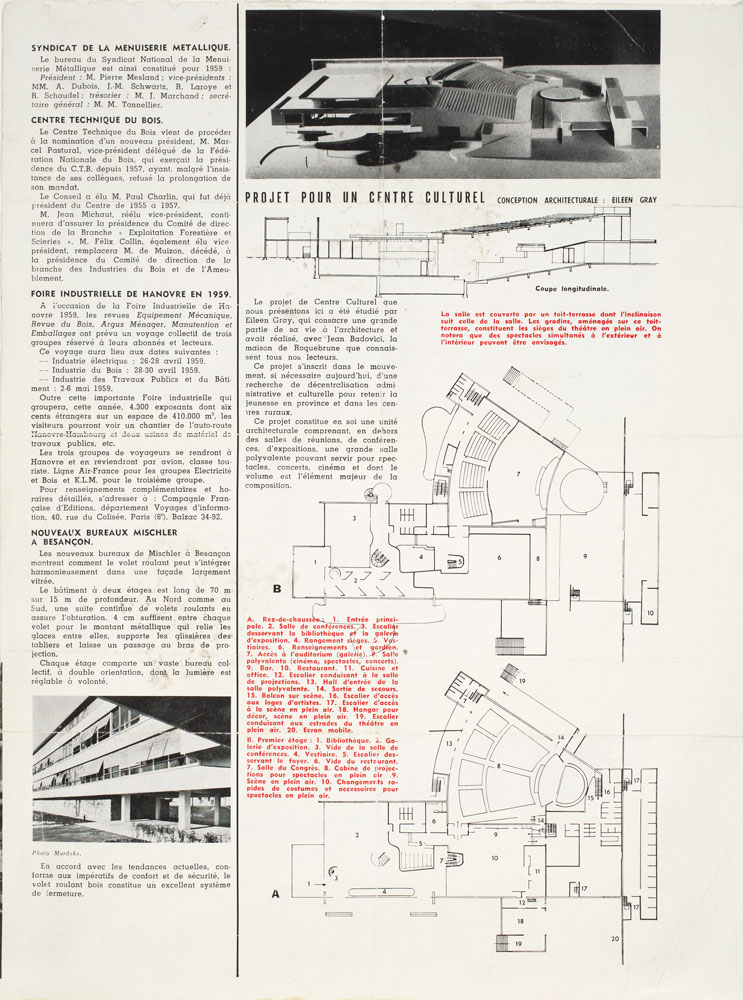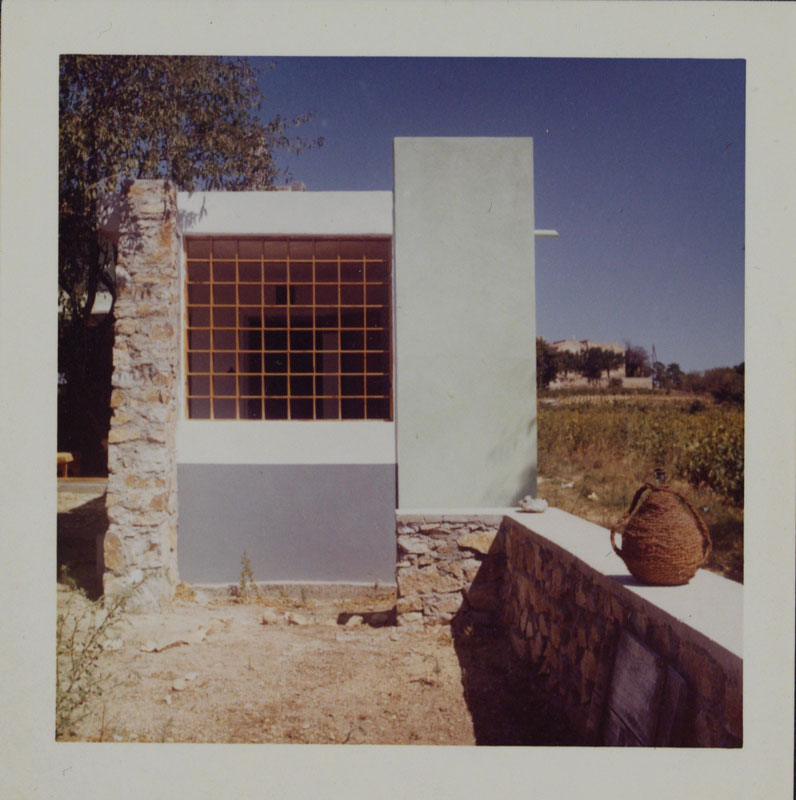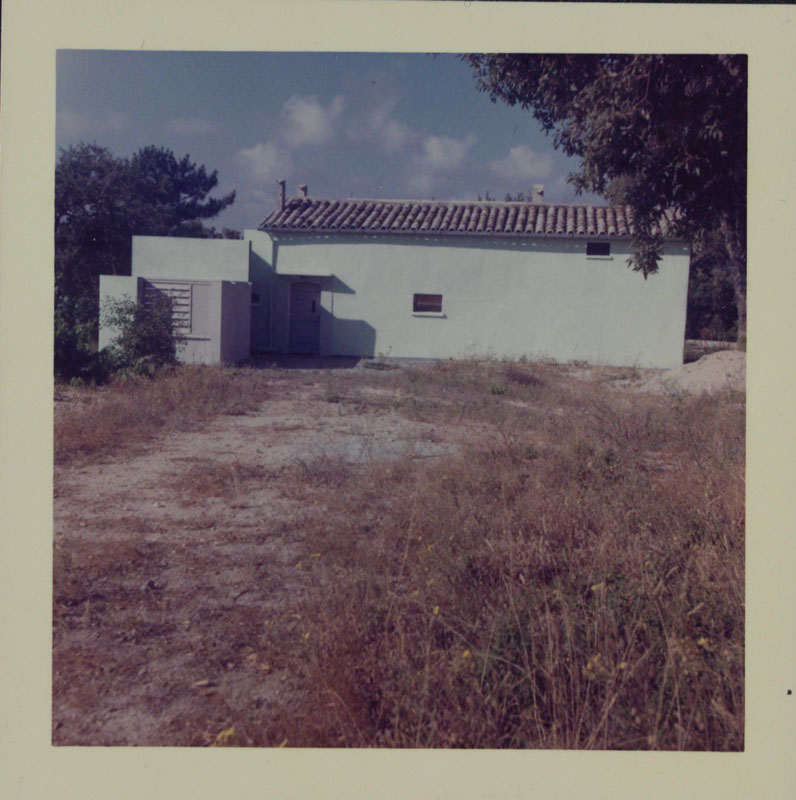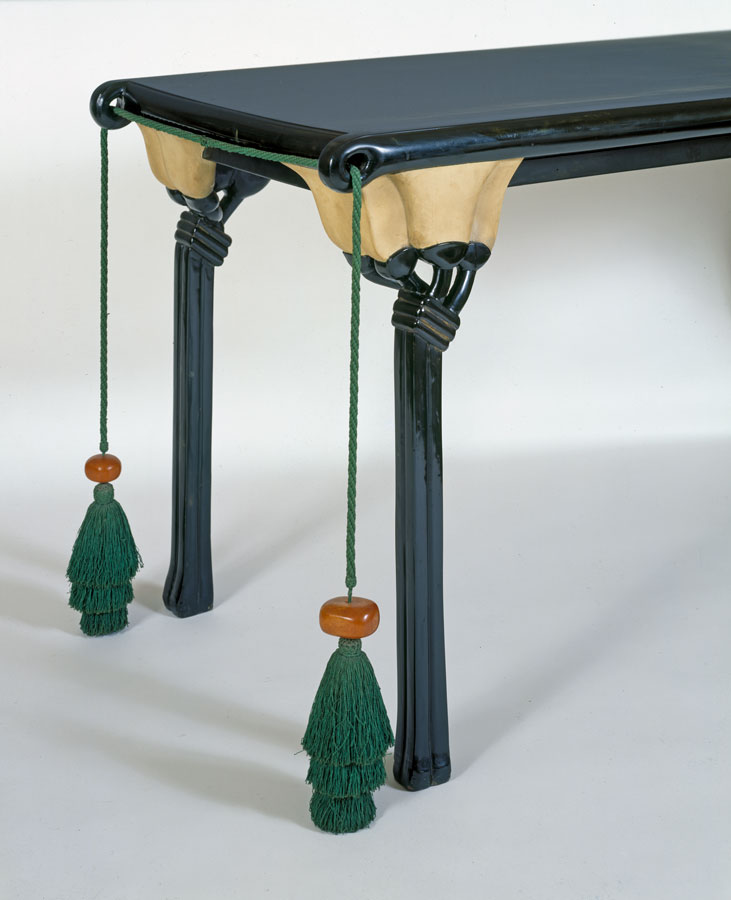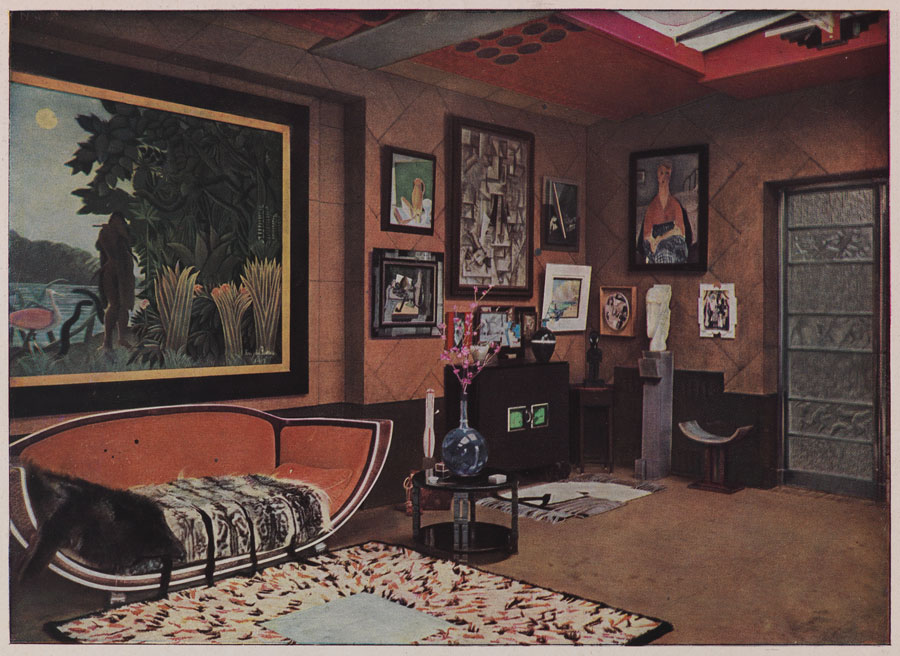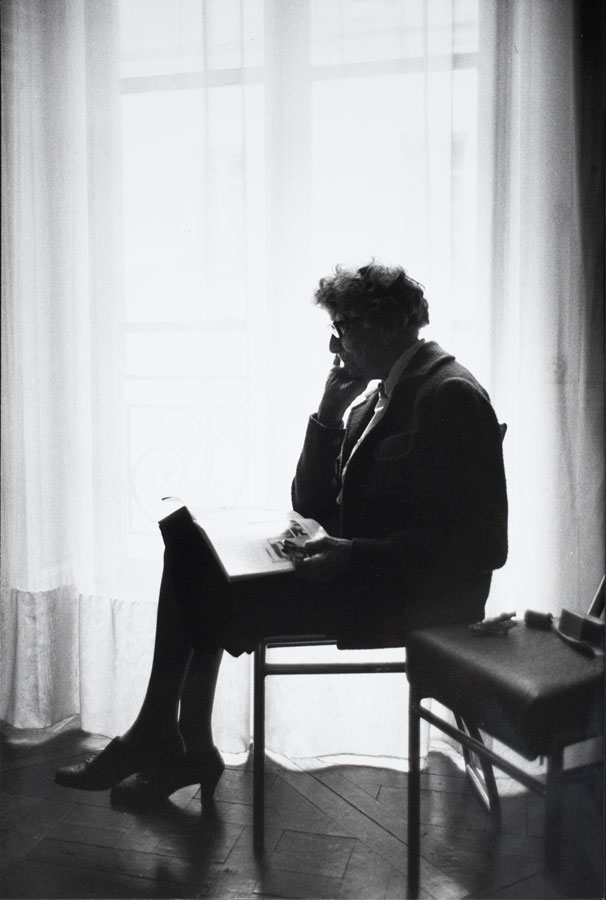CHRONOLOGY
CHRONOLOGY
Eileen Gray’s earliest artistic training began at the Slade School of Fine Art in London. She continued to study painting in Paris and also began learning about lacquer. After moving to Paris permanently in 1906, she became one of the first European designers to adapt traditional Asian lacquer techniques to contemporary Western taste. Gray was an important contributor to French decorative arts during the first quarter of the twentieth century. By the mid-1920s, largely because of her connection with the Romanian architect Jean Badovici, Gray’s design thinking underwent a radical change as she pursued a career as a modern designer and architect. The house called E 1027, completed in 1929 when Gray was fifty-one years old, was both her first major commission as an architect and a summation of her individual approach to modernism that would develop in a range of other projects that were largely unbuilt.
Scroll down to explore the timeline of Eileen Gray’s life and work on view in the exhibition.
Eileen Gray’s earliest artistic training began at the Slade School of Fine Art in London. She continued to study painting in Paris and also began learning about lacquer. After moving to Paris permanently in 1906, she became one of the first European designers to adapt traditional Asian lacquer techniques to contemporary Western taste. Gray was an important contributor to French decorative arts during the first quarter of the twentieth century. By the mid-1920s, largely because of her connection with the Romanian architect Jean Badovici, Gray’s design thinking underwent a radical change as she pursued a career as a modern designer and architect. The house called E 1027, completed in 1929 when Gray was fifty-one years old, was both her first major commission as an architect and a summation of her individual approach to modernism that would develop in a range of other projects that were largely unbuilt.
Scroll down to explore the timeline of Eileen Gray’s life and work on view in the exhibition.

BEGINNINGS
1878–1918

↓
DESIGNER
1919–1929

↓
ARCHITECT-DESIGNER
1930–1976



